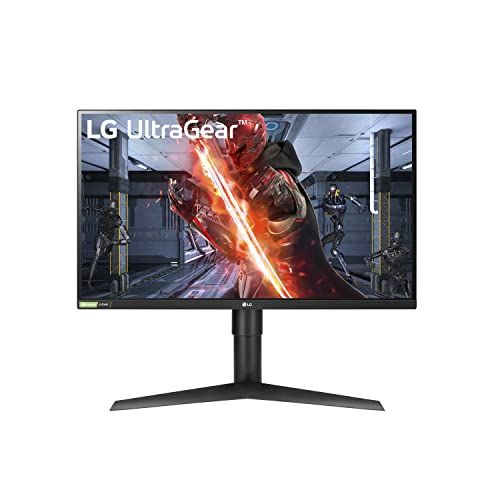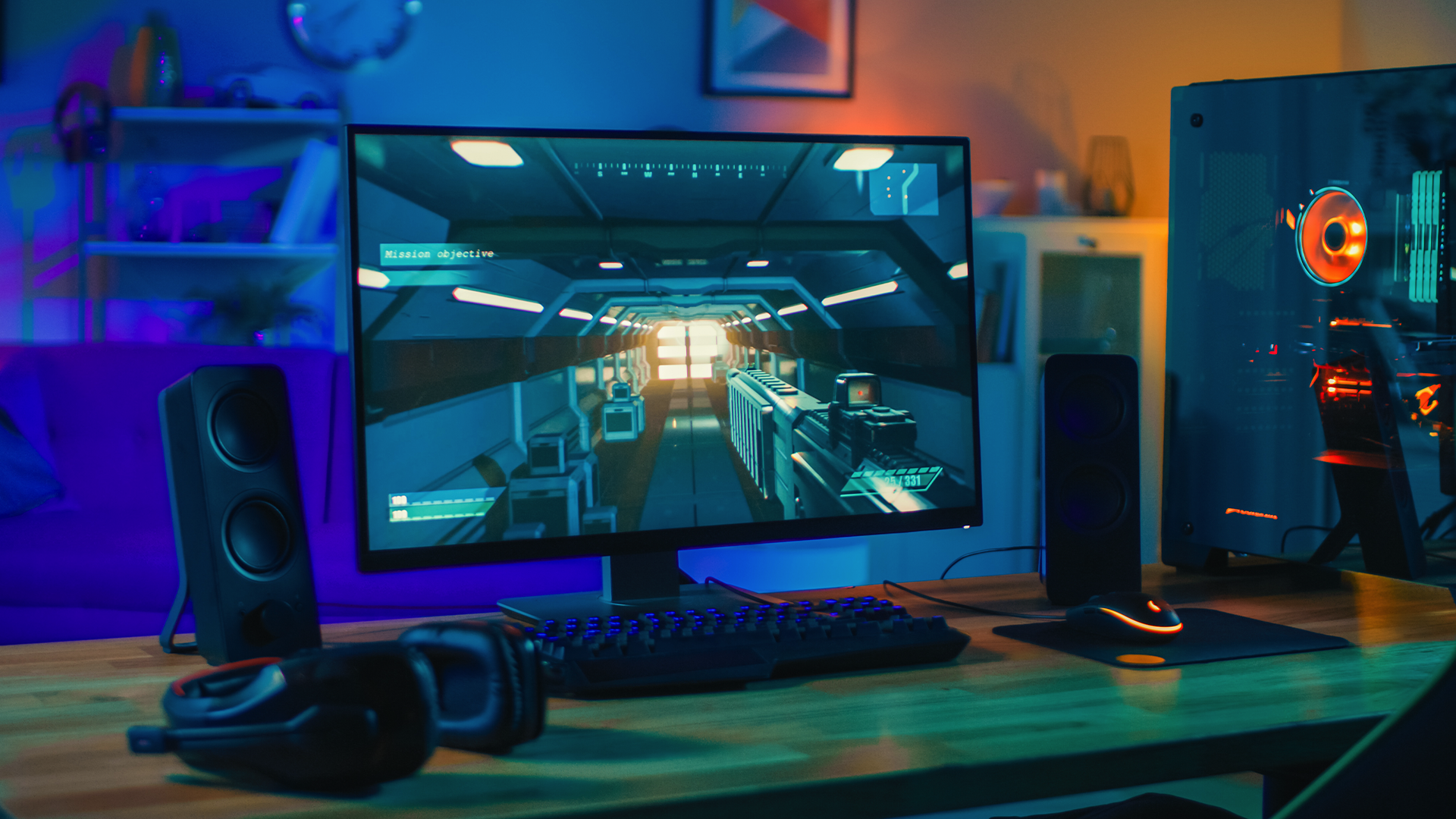Summary
- Running 4K for gaming is challenging with the current GPUs that are the most accessible to gamers.
- 1440p offers a balance between quality and performance with more affordable monitor options.
- Choosing 1440p over 4K allows for more affordable gaming performance, leaving room to upgrade other system components.
While you might think gaming at 4K in 2025 is an easy feat, I still recommend 1440p for most setups. It’s easier to run, and the monitors are far cheaper. Here’s why I think 1440p is the sweet spot for most gaming setups.
The Challenges of Running 4K for PC Gaming
Both NVIDIA and AMD just announced their 2025 graphics cards, and they’re pretty stunning. However, it’s impossible to get ahold of the just-released 5000-series from NVIDIA, and AMD has yet to officially launch their new GPUs.
The thing is though, even with 2025 graphics cards, you’re hard-pressed to run extremely high frame rates at 4K ultra settings on anything less than the highest-end GPUs available. The RTX 5080, for example, hits right at 60 to 70 FPS at 4K ultra settings in games like Star Wars Jedi: Survivor and Marvel Rivals. That’s a far cry from pushing a 4K 144Hz monitor at its fullest potential.
And, given that the 5080 is almost impossible to obtain, and scalpers are trying to sell the $1,999 RTX 5090 for upward of $7,000, good luck getting one. With this case, unless you’re looking to run sub-ultra settings, gaming at 4K just isn’t that affordable right now.
Take a look at the Steam Hardware survey. The most popular graphics card right now is the RTX 3060. With the RTX 4060 laptop GPU being a close second, and the RTX 4070 coming in at #11 (one of the base-line GPUs I’d recommend to dip your toes into 4K gaming.)
All that to say, while gaming at 4K on PC sounds like something you might want to do, it’s not the easiest thing in the world to accomplish. Personally, I have an RTX 3080 12GB paired with an i9-13900K and can barely push 60FPS on 4K ultra settings in most older games, let alone newer games.
Why 1440p Offers the Perfect Balance Between Quality and Performance
You might be wondering why I recommend gaming at 1440p instead of 4K. Well, it’s simple: it’s a solid intermediate step from 1080p to 4K. While 1440p doesn’t sound like a big upgrade, it’s about 1.75x the pixel density of 1080p. For a standard HD screen, you have a total of 2,073,600 pixels, while 1440p offers 3,686,400 pixels.
This pixel density increase bumps the PPI (pixels per inch) from 81 on a 27-inch screen up to 108, which is approximately a 33% increase in density. While 33% might not sound like much, it’s a sizable upgrade to say the least.
If you have a middle-of-the-road gaming system, like the majority of people on the Steam Hardware survey, then your system will likely drive 1440p quite well. I personally ran the RTX 3060 (#1 on the hardware survey) for several years before upgrading to the RTX 3080 this past Thanksgiving.
In my experience with the RTX 3060, I was able to easily push 60+ FPS at ultra settings in a vast majority of games. Additionally, in many of those games, I could even hit 120/144 FPS or better in most scenarios. Sometimes I’d have to drop from ultra to high or very high to hit that magical 120 FPS number, but I was willing to take the sacrifice.
Gaming at 1440p gave me the ability to have a higher-quality monitor than 1080p, while still being able to enjoy good (if not great) frame rates in the games I love. Honestly, when I upgraded from the RTX 3060 to the RTX 3080, it wasn’t even for gaming performance. I upgraded to have better rendering performance for video and photo editing. I was very pleased with the gaming performance of my RTX 3060 at 1440p.
Why 1440p Is the Most Accessible Option for Most Gamers
The other side of the coin is cost. You can get Dell’s 27-inch 1440p 180Hz monitor for $150, or an LG UltraGear 27-inch 1440p 144Hz gaming monitor for $230. For comparison, you’d pay at least twice that, if not more, to get a 4K 144Hz monitor. As an example, LG’s UltraGear 27-inch 4K 144Hz model costs $500, while the Samsung Odyssey G7 28-inch 4K 144Hz monitor will run you $700.

LG Ultragear 27-Inch 1440p Monitor
$188 $300 Save
$112
This 27-inch IPS monitor has a QHD (2560 x 1440) resolution and Nvidia G-Sync compatibility.
When you’re talking about a gaming system, the extra $250 to $500 spent on a monitor could easily go into better storage, more RAM, or even simply a better graphics card. While the RTX 3060 is $300 (on average), if you put another $250 toward that, an RTX 4070 is within reach (as well as the 5070, when it launches).
I personally think that spending the cash elsewhere on your system than a monitor you won’t fully be able to utilize is a much better use of funds. Plus, display tech is always coming down in price. So, buying a more powerful computer now will not only make it last longer, but also allow you to upgrade to a better monitor down the road.
Not sure which 1440p gaming monitor to buy? Here are a few suggestions. Then, swing on by our guide for optimizing your gaming PC without spending a dime on new hardware.







